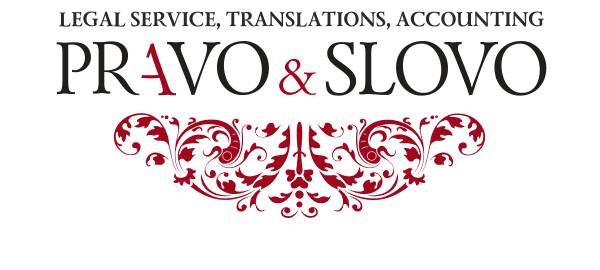Consular certification
There's no reliable data left on when who certified the first document in an established fashion for another country. But the history of the arrival of consular and embassy relations between countries go back many centuries. The development of international economic relations, the migration of population, tourism, cargo transport, and in today's world: work and education abroad force more and more people to turn to the procedure of certifying personal and/or commercial documents for some country or other.
The modern formula of full consular certification for countries that haven't adopted a simplified system of certification in accordance with the Gaag Convention of 1961 (entails the requirement of an Apostille stamp) in an authorized government authority of the country the document originated in looks like this:
- originally a copy of a document subject to certification is certified by the entity performing notarial activities (in the Russian Federation – by a notary). It places the required mark of certification on the document and leaves a signature and seal on it;
- the next step is translating the notarized document into the official language of the destination country or into several languages if the country has two or more official languages;
- after that the translation is attached to the notarized document and the person performing the notarial activity (in Russia – the notary) witnesses the authenticity of the translator's signature under the translation;
- the next work to be done with the document is by authorized government bodies. In the Russian Federation, it is the Ministry of Justice of the Russian Federation. It provides its signature and notary stamp to confirm its authenticity during the original processing of the copy of the document and certification of the authenticity of the translator's signature;
- the second government body providing certification in Russia is the Ministry of Foreign Affairs of the Russian Federation, which certifies the authenticity of the preceding signature with its seal or, in other words, the signatures of the Ministry of Justice functionary. In some countries, only one government authority participates in the procedure of consular certification, but in most countries of the world the procedure is similar to the one practiced in Russia;
- and finally, the last stop for a document's certification is the consular department of the embassy of the country for which the certification is being done. The consular department provides its seals to certify the authenticity of the previous signature of the Ministry of Foreign Affairs of the Russian Federation functionary;
In some cases, full consular certification of documents, documents of commercial nature in particular, is conducted through the Chamber of Commerce and Industry of the Russian Federation. In this case, right after the Chamber of Commerce and Industry leaves its seal of approval on it, the document is directed straight to the consular department of the embassy of the destination country.
Consular certification procedure is quite complicated and on a regular time schedule it takes about 3-3.5 weeks. We have accumulated quite an extensive amount of experience in completing document certification for many world countries. Our specialists are prepared to provide all necessary consultations in a timely fashion, explain the exact cost that you are looking at as well as the wait periods, and help you choose the most optimal route for you to take.
WE BRING TO YOUR ATTENTION that due to the high popularity of processing documents within a short time period, we are offering options to help expedite the process.


